Charles Darwin is most famous for his work on Natural Selection, the evidence for which came from his voyage on the HMS Beagle observing and collecting fossils, birds and whatever else he could find.
What is Natural Selection?
The theory behind Natural Selection is that characteristics more suited to an environment are more like to survive and pass those characteristics to their offspring.
The main features of Charles Darwin's theory are:
- there is competition for resources such as food and water
- within a population, there is natural variation
Animals or plants that are poorly adapted to their environment are less likely to survive and reproduce, meaning their genes are less likely to be passed to the next generation.
Make your own fossils
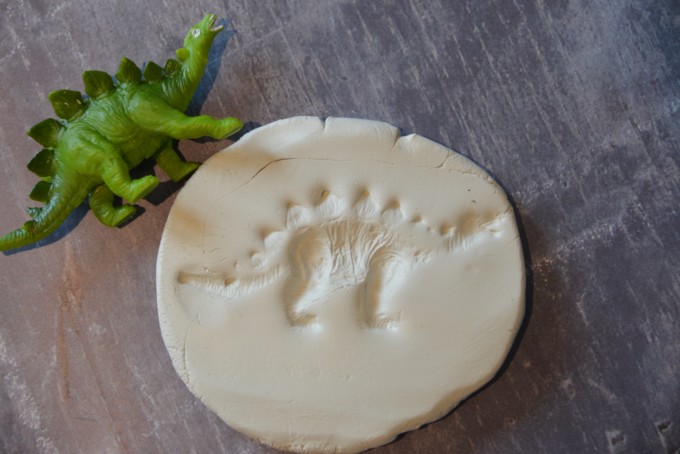
Materials
Air drying clay or salt dough
Rolling pins
Small toy animals
Paint
Instructions
Roll out a thick circle of clay slightly bigger than the toy animals you want to use.
Gently press the animals down so they leave an imprint.
Once the dough has been baked or left to air dry, the fossils can be decorated using paint.
If you don't have clay, salt dough is a great alternative.
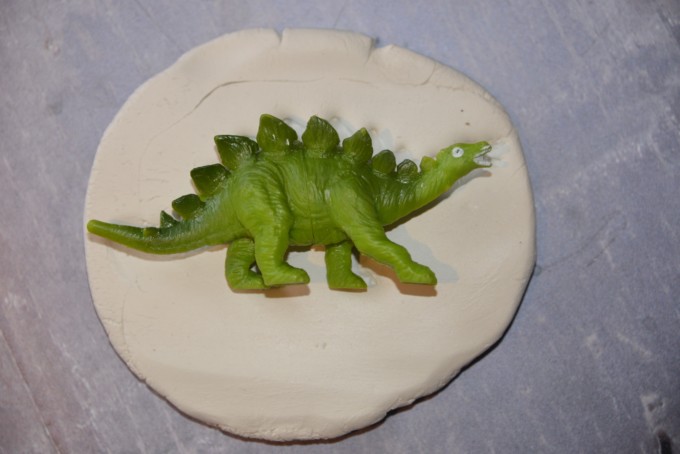
More ideas
Can you create fossils of different types of animals and ask a friend to match the animal to the fossil?
Make a model of an ammonite fossil.
Find out why birds have differently shaped beaks with this easy Natural Selection activity.
If you enjoyed learning about Charles Darwin, you might also like my other famous scientist experiments.
Learn more about rocks and their properties with my FREE Rock Lab!
Find lots more easy science ideas for little ones in my Playful Science series!
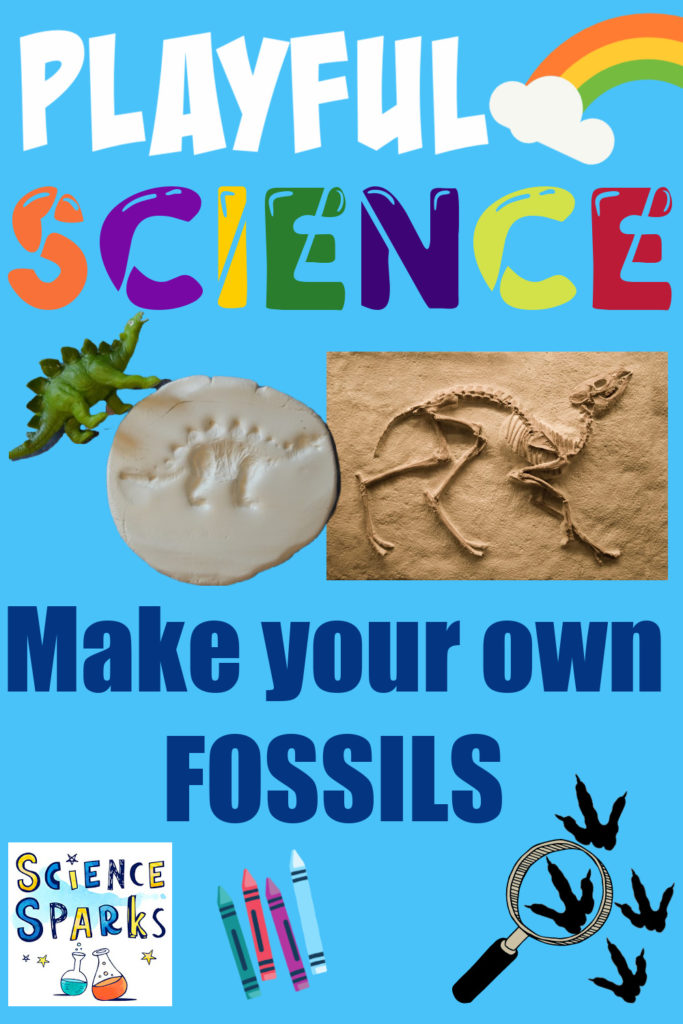
Last Updated on June 29, 2023 by Emma Vanstone
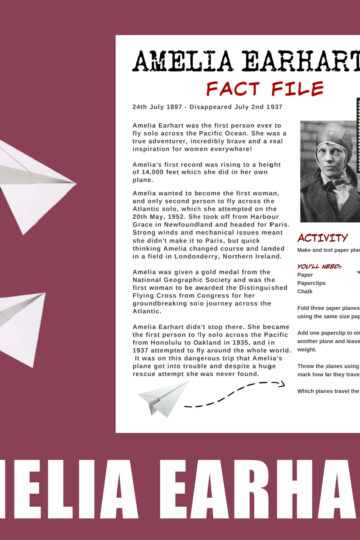
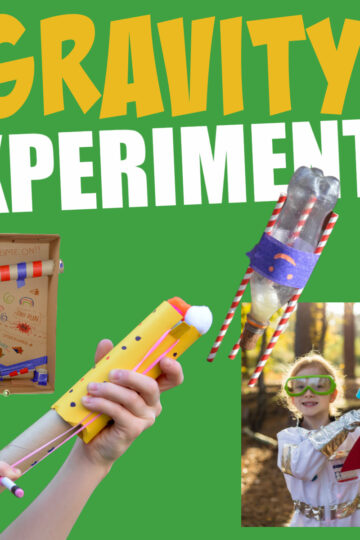
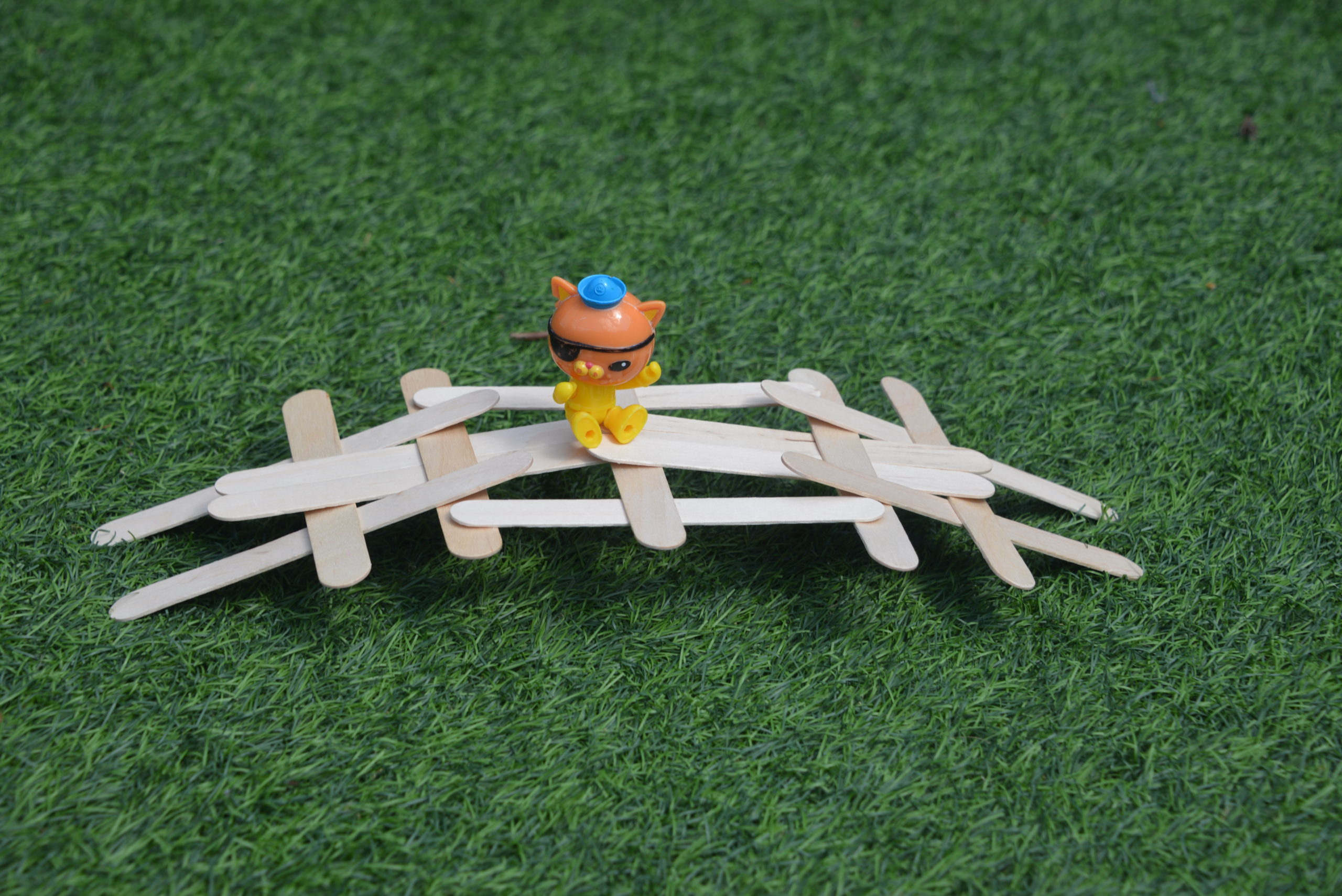

Leave a Reply